Lotte Mart - Suwan Branch [Tax Refund Shop] (롯데마트 수완점)
19.5Km 2024-04-22
98, Jangsin-ro, Gwangsan-gu, Gwangju
-
LOTTE Outlets – Gwangju Suwan Branch (롯데아울렛 광주수완점)
19.5Km 2024-01-30
98 Jangsin-ro, Gwangsan-gu, Gwangju
LOTTE Outlets Gwangju Suwan Branch provides new and enjoyable experiences every day. There are about 200 famous domestic and foreign brands and overseas luxury editorial shops. The outlets offer a variety of shopping experiences such as premium infant brands, experiential spaces, and children's libraries for family customers with children. Visitors can enjoy shopping at Lotte Town, home to outlets, marts, and cinemas.
Arie-ne guesthouse (아리네 게스트하우스)
19.5Km 2024-12-13
6 , Cheonbyeonjwa-ro 428beon-gil, Nam-gu, Gwangju
+82-10-2104-8899
Ariene Guesthouse is an integrated cultural platform located in Yangrim-dong, Nam-gu, Gwangju. The accomodation is located in the downtown area of Gwangju, making it both easily accessible and affordable. On the first basement floor, there is Yanglim Culture Hall, a lounge cafe on the first floor, and a rooftop party room on the fourth floor. The guesthouse has nine rooms on the second and third floors, including double rooms, twin rooms, ondol rooms, and separate dormitory rooms for men and women. Each room is equipped with a bathroom for guests' convenience, and breakfast is provided at no charge. A fee is charged for laundry services. There are modern cultural and historic sites nearby.
Gaemagowon (개마고원)
19.6Km 2024-10-15
1094 Sangmu-daero, Seo-gu, Gwangju
+82-62-366-3744
Gaemagowon is a hanu (Korean beef) restaurant that has been serving the Gwangju area for over 20 years. The menu includes a variety of dishes using hanu.
Sajik Forest of Light (사직 빛의 숲)
19.6Km 2024-12-11
49 Sajik-gil, Nam-gu, Gwangju
Located within Sajik Park, the Forest of Light is a popular night view spot with a fantastic media art that incorporates historical themes of Gwangju. The space features a combination of lighting, video, and music to create multimedia contents, offering a variety of experiences and attractions through interactive art that responds to people's movements. The observation tower hosts a light show, and visitors can enjoy video contents through an AR telescope.
De Young Museum (드영미술관)
19.6Km 2024-10-10
6 Seongchon-gil, Dong-gu, Gwangju
De Young Museum is an art gallery located at the entrance to Mudeungsan National Park. The gallery opened in 2018 with the concept of being "forever young" and aims to develop the local culture scene through connections with the local community.
House of Choi Seung-hyo (최승효가옥)
19.6Km 2023-03-08
29-4, Yangchon-gil, Nam-gu, Gwangju
+82-62-607-2332
The House of Choi Seung-hyo is a traditional residential building located on the southeastern slopes of Yangnimsan Mountain. The rectangular building is open to the east, has 8 kan (the space between two pillars) in the front and 4 kan to the sides, and is graced by a traditional hipped and gabled roof. Since the building was constructed in the 1920s, it offers a valuable glimpse into the architectural style of Korean houses at the end of the Japanese colonial period. Choi Sang-hyeon was an activist who offered his attic as a place of refuge for other activists.
Han Hee-won Art Museum (한희원미술관)
19.7Km 2023-01-25
27-6, Yangchon-gil, Nam-gu, Gwangju
+82-62-653-5435
Han Hee-won Art Museum is a small hanok art museum in the back alley of Yangnim-dong.
Painter Han Hee-won grew up in Yangnim-dong, where he was influenced as a painter. In July 2015, he purchased a small hanok between the House of Yi Jang-u and the House of Choe Seunghyo and transformed it into an art museum to preserve and show the spirit of love, comfort, and art in his hometown, Yangnim-dong. An art museum with a low threshold approaching citizens with a humble mind, Han Hee-won Art Museum is open to anyone. Feel free to visit, appreciate the paintings, and be comforted through art.
Gwangju Sajik Park (사직공원 (광주))
19.7Km 2022-08-05
49, Sajik-gil, Nam-gu, Gwangju
+82-62-652-3236
Sajik Park is located at the previous site of Sajikdan Altar, a ritual site to pray for peace and prosperity during the Three Kingdoms Era. In the 1960s, the site was home to Sajik Zoo, with the ritual being abandoned in 1894 and the altar in disrepair. However, in 1991, it was decided to move the zoo to another location and begin restoring the site. It was reopened in April 1994, 100 years after the last ritual.
Sajik Park is landscaped with various trees and flower beds. The park blooms pink and white with cherry blossoms annually in mid-April. During this time, the municipality of Gwangju installs lighting in the trees for citizens to enjoy the blossoms late into the night. The park has become established as a favorite rest area for Gwangju citizens. The park houses several attractions including Gwangju Broadcast Station (KBS), Memorial Tower for Policemen, Yangpajeong Pavilion, and Palgakjeong Pavilion overlooking downtown Gwangju.
Parc Sajik (Gwangju) (사직공원 - 광주)
19.7Km 2025-07-01
Gwangju-Si Nam-Gu, Sajik-Gil 49
Le parc Sajik a l’avantage d’être bien ammenagé, entre une variété d’arbres et de nombreux lits de fleurs. Chaque année autour du 15 avril, les cerisiers sont en fleurs, créant un spectacle splendide. Durant cette periode, la municipalité de Gwangju fait installer des lumières sur les arbres afin que les habitants puissant profiter du spectacle jusqu’à tard dans la nuit. Le parc est considéré comme l’endroit favori des habitants de Gwangju pour se reposer.
Le parc accueille plusieurs attractions, incluant un mémorial pour les héros nationaux, la station de TV et de radio de Gwangju (KBS), une tour en mémoire des policiers, le pavillon Yeonpajeong, la station de tir Gwandeokjeong ainsi que le pavillon Palgakjeong qui offre un point de vue sur le centre ville de Gwangju. Les variétés d’arbres, d’arbustes et de fleurs offrent une atmosphère accueillante pour chaque sortie.
![Lotte Mart - Suwan Branch [Tax Refund Shop] (롯데마트 수완점)](http://tong.visitkorea.or.kr/cms/resource/39/2886939_image2_1.jpg)
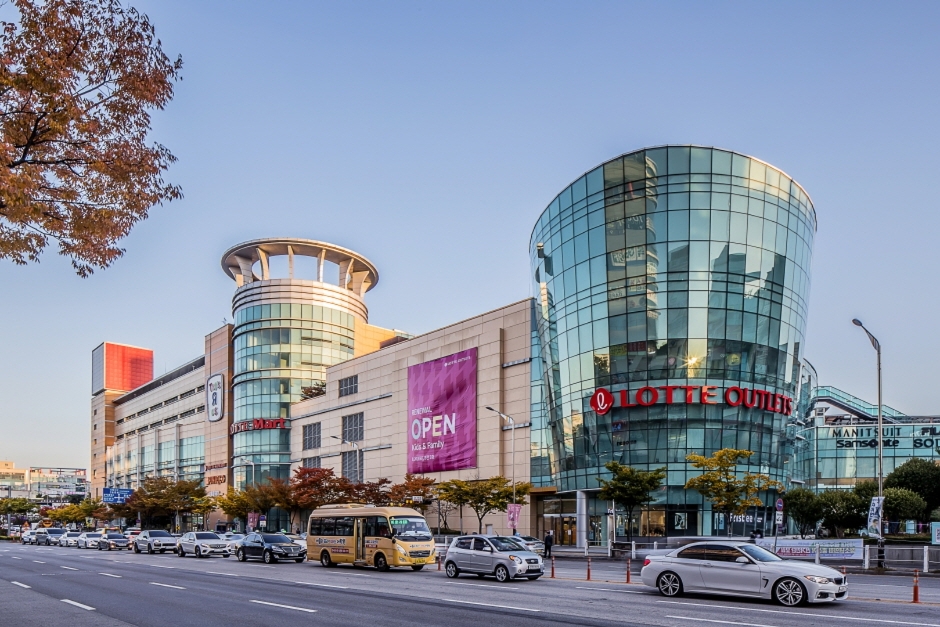

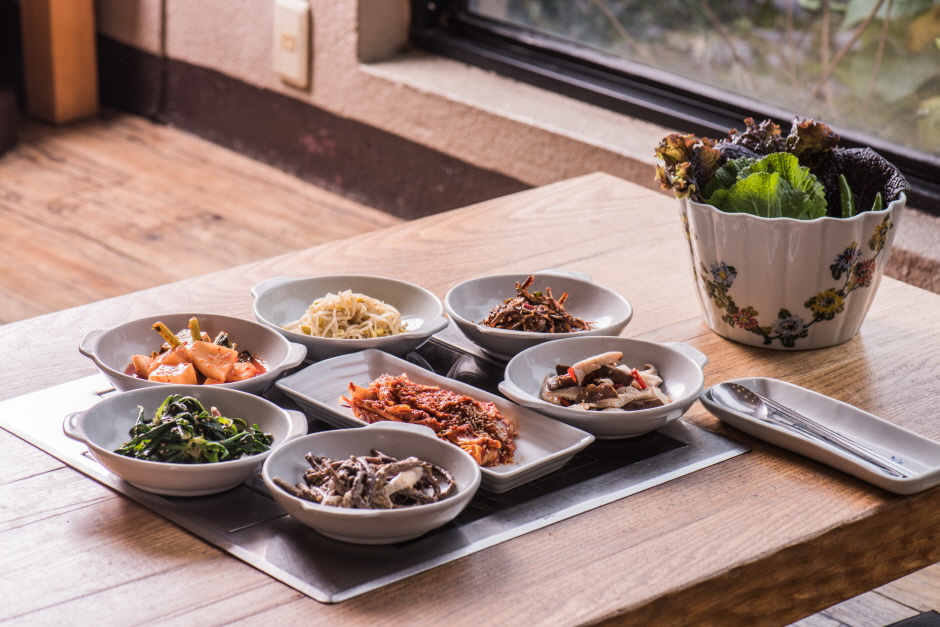
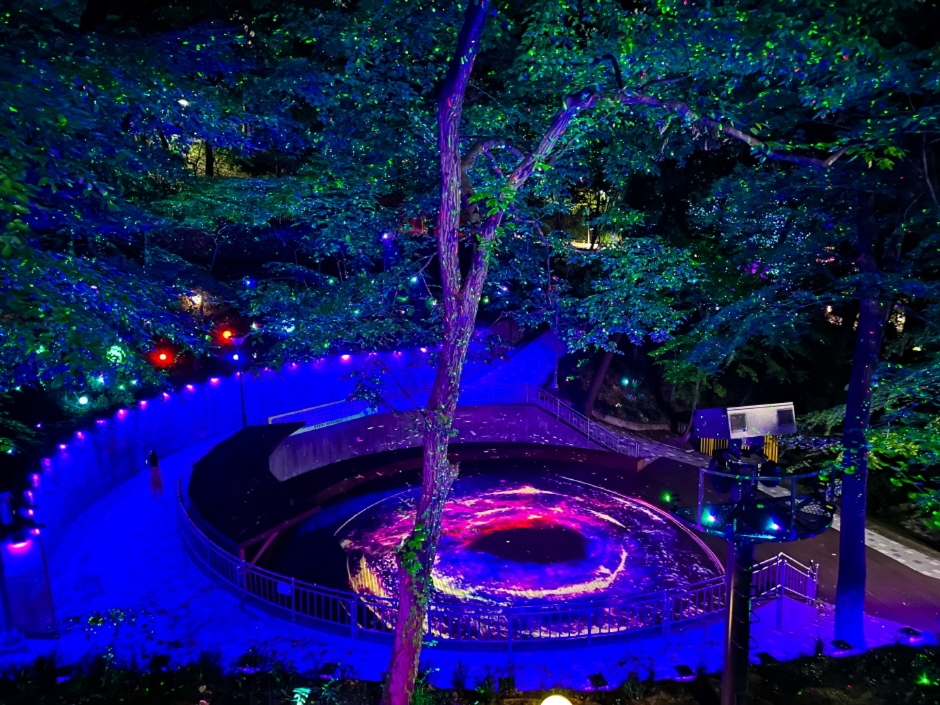

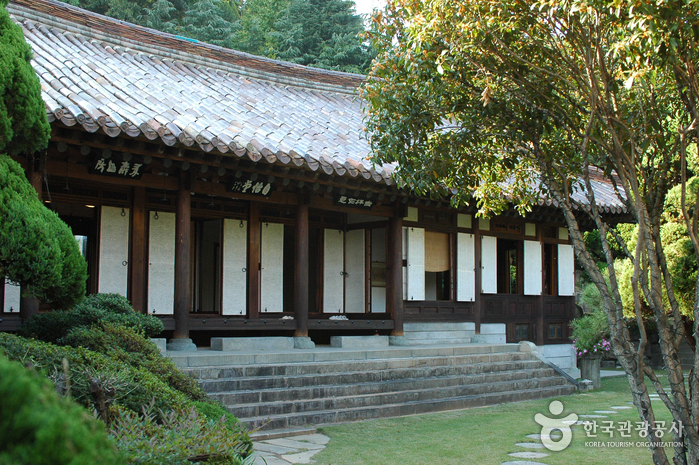
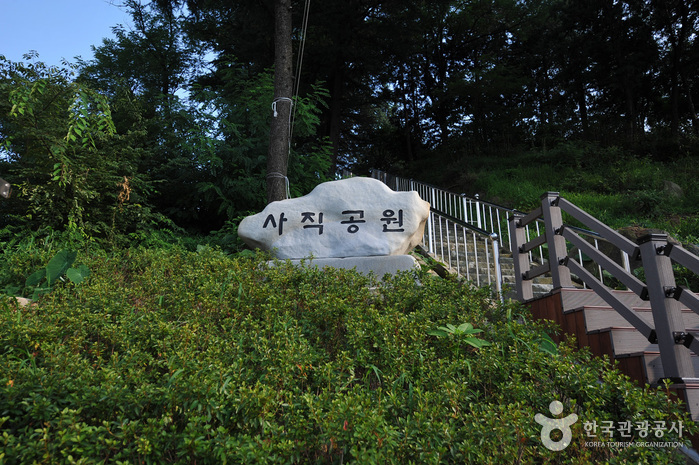
 English
English
 한국어
한국어 日本語
日本語 中文(简体)
中文(简体) Deutsch
Deutsch Français
Français Español
Español Русский
Русский